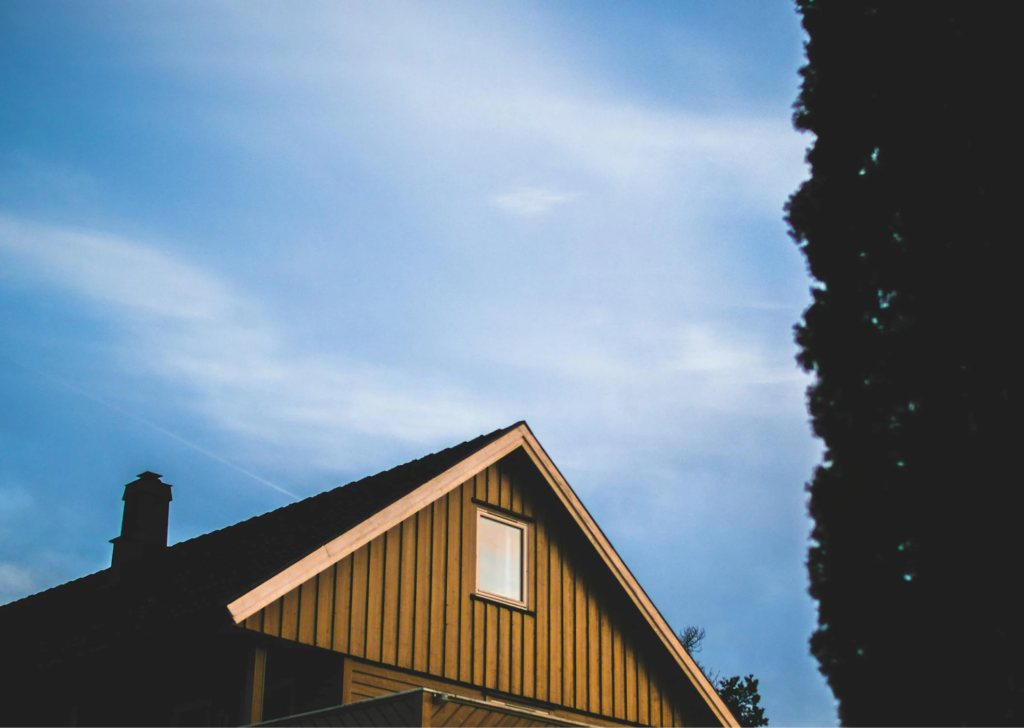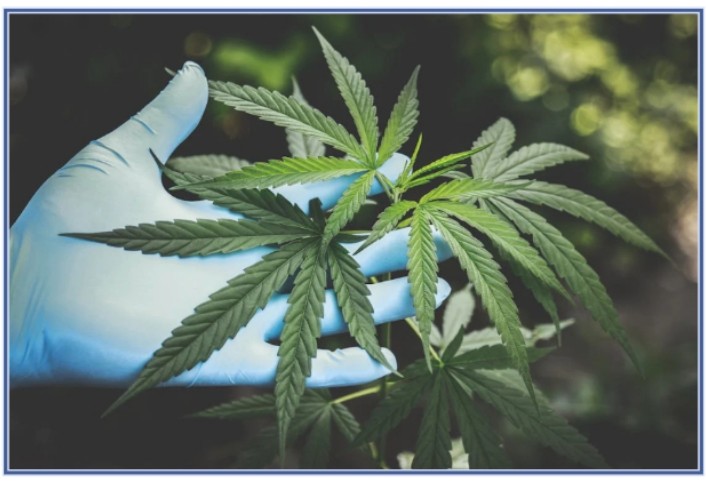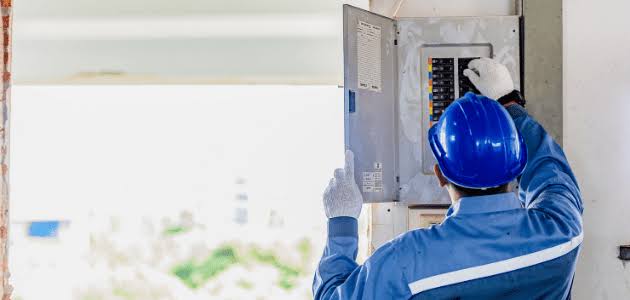Your roof is more than just the top covering of your home; it’s a critical component that safeguards your property from weather, enhances energy efficiency, and contributes to the overall aesthetic appeal of your house. A well-maintained roof not only protects your home from the elements but also boosts its value and longevity. Over time, however, wear and tear can take a toll, necessitating both minor fixes and major upgrades to ensure it remains in top condition.
Addressing roofing issues promptly and effectively can prevent more significant problems, such as leaks or structural damage, which can lead to costly repairs or replacements. This is why understanding the key aspects of roof maintenance and upgrades is essential. From regular inspections to choosing the right materials and ensuring proper installation, each step plays a vital role in maintaining the integrity of your roofing system. In this guide, we’ll explore professional tips and best practices for roof fixes and upgrades. Whether you’re looking to address minor repairs or undertake significant improvements, these insights will help you make informed decisions.
Regular Inspections
Routine inspections are vital for maintaining the health of your roof. Experts recommend having your roof inspected at least once a year and after any significant weather events. Regular inspections help identify minor issues before they become major problems. Look for signs of wear and tear such as missing shingles, cracked tiles, or rust on metal components. Early detection of these issues can prevent more extensive damage and costly repairs down the road. Furthermore, professional roofers can assess hidden problems that might not be immediately visible, providing a comprehensive evaluation of your roof’s condition.
Quality Materials Matter
The materials used in your roofing system play a crucial role in its longevity and performance. High-quality materials can withstand harsh weather conditions and provide better insulation. Asphalt shingles, metal roofing, and clay tiles are popular options, each with its benefits. Asphalt shingles are cost-effective and easy to install, while metal roofing offers durability and energy efficiency. Clay tiles are known for their longevity and aesthetic appeal. Investing in quality materials not only enhances the durability of your roof but also improves your home’s overall energy efficiency.
Proper Ventilation
Ventilation is often overlooked but is essential for a well-functioning roof. Proper ventilation helps regulate the temperature in your attic, reducing heat buildup and moisture accumulation. This can prevent issues such as ice dams, mold growth, and premature aging of roofing materials. Ensure that your attic has adequate intake and exhaust vents to maintain proper airflow. If you notice signs of poor ventilation, such as excessive heat in the attic or frost on the inside of the roof, it’s crucial to address these issues promptly.
Professional Installation and Repairs
While DIY projects can be tempting, roofing is a complex job that requires professional expertise. Improper installation or repair can lead to significant problems, including leaks and structural damage. Hiring experienced roofing contractors ensures that the job is done correctly and up to code. For example, Oregon City roofing services can provide specialized knowledge and experience to handle various roofing issues effectively. They use professional-grade materials and techniques to ensure that your roof performs optimally. Always check credentials and reviews before hiring a contractor to ensure quality workmanship.
Upgrading for Energy Efficiency
Upgrading your roof can significantly impact your home’s energy efficiency. Modern roofing materials and techniques can help reduce heating and cooling costs by improving insulation and reflecting sunlight. Consider options such as reflective coatings or energy-efficient shingles to enhance your roof’s performance. Additionally, installing skylights or solar panels can further boost energy efficiency while providing additional natural light and power. An energy-efficient roof not only lowers your utility bills but also contributes to a more sustainable home.
Maintenance and Care
Maintaining your roof is an ongoing process that involves regular care and attention. Keep gutters and downspouts clear of debris to prevent water damage. Trim overhanging branches to avoid damage from falling limbs and reduce the risk of moss and algae growth. After severe weather, inspect your roof for any damage and address issues promptly. Regular maintenance helps prolong the life of your roof and ensures that it remains in good condition. By staying proactive with care and maintenance, you can avoid costly repairs and extend the lifespan of your roofing system.
In conclusion, maintaining and upgrading your roof is essential for ensuring your home remains protected and efficient. Regular inspections, quality materials, proper ventilation, professional installation, energy-efficient upgrades, and ongoing maintenance all contribute to a well-functioning roofing system. By following these professional tips, you can address current issues, prevent future problems, and enhance your home’s overall value and performance. Whether you’re dealing with minor repairs or considering significant upgrades, taking the right steps can make a substantial difference in the long run.






